COGNITIVE APPROACH VS AFFECTIVE-HUMANISTIC APPROACH
The cognitive approach and the affective-humanistic approach are two faces of the same coin: the newfound interest in the human being and all its capabilities and characteristics which defines the 60s and 70s in fact fuels both of these approaches in what could be defined as the “renaissance of language learning theory”.
Protagoras laconic statement “Man is the measure of all things”, which caused philosophical turmoil in ancient Greece and powered the Italian Renaissance, can also very well represent this revolution in language learning theory in which the focus shifts from the language itself to the speaker, listener, reader and writer of language: from the product to the producer and user.
This two approaches, instead of antithetical, are complementary to each other: the cognitive approach focuses on the cognitive functions of the brain and the affective-humanistic approach on the emotional life of the subject. Furthermore, if we eliminate the fictional dualism between brain and “heart” it becomes evident that the emotional life of the human being is just another expression of the brain’s processes.
I’m personally fond of both these approaches, the cognitive approach is what made language pedagogy a science and, having the mindset of a scientist, I love studying and applying to my lessons all the precious knowledge this approach gave us. Making mental maps, visualization,
the process of retrieval, the anticipatory activities (pre-reading and pre-listening) are some of the cognitive strategies I regularly use with my students.
On the other hand, being a guru/healer/empath at heart, the AHa is what most closely represents my natural teaching proclivities. I love using music, images, role playing, storytelling, food, puppets and games in my classes. What I want first and foremost is for my students to feel comfortable and free to experiment and play with the language, I want them to enjoy the process of learning and discovering a new language and culture, I want them to leave my classes with a smile and I love doing anything I can to make that happen, from writing songs and poems, to bringing food and drinks to class, to playing music to just simply acting silly and showing my fallible side to make everyone feel that making mistakes is normal and even beneficial!
And, I believe, combining the knowledge and strategies from these two approaches is a sure recipe for success, like putting together Brunelleschi’s perspective and Caravaggio’s chiaroscuro… the result is a masterpiece!
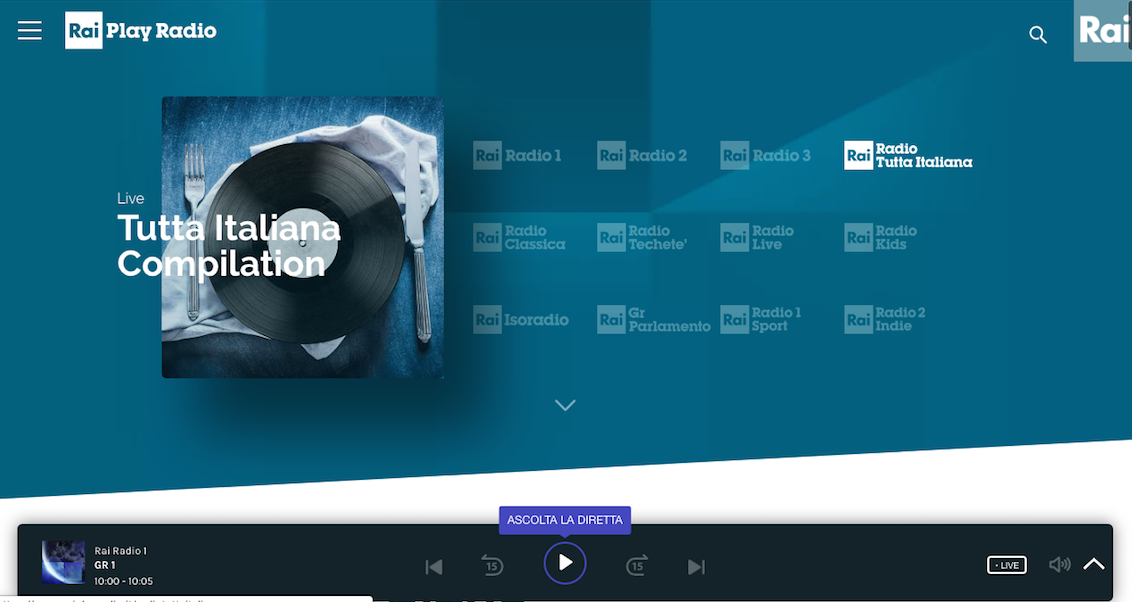
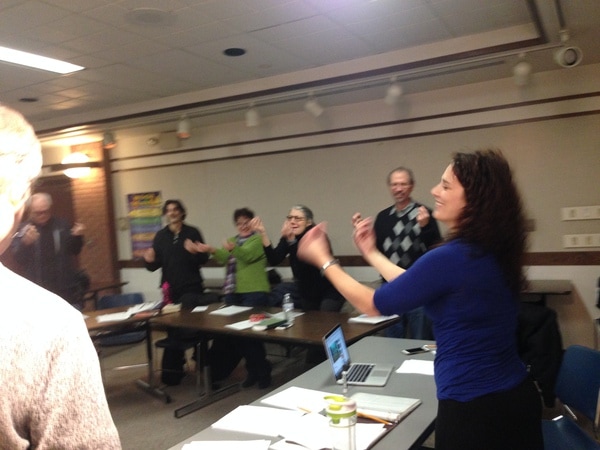
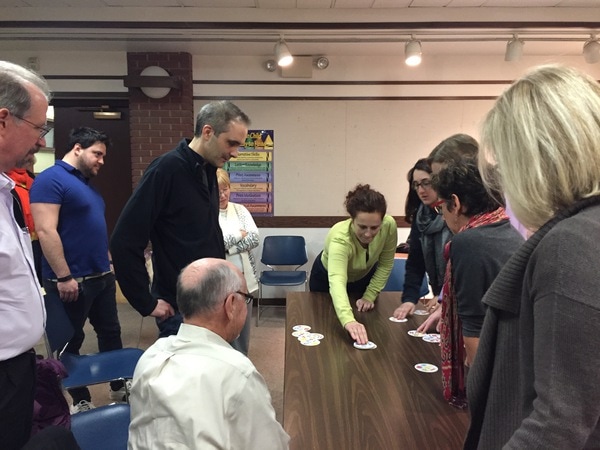
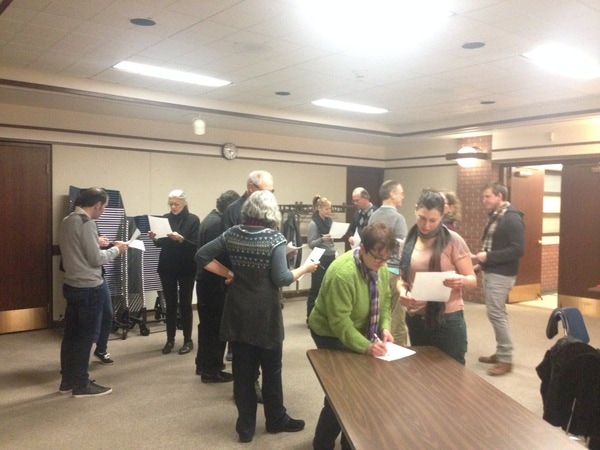

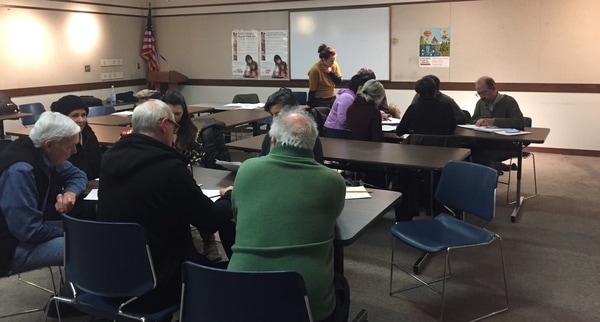

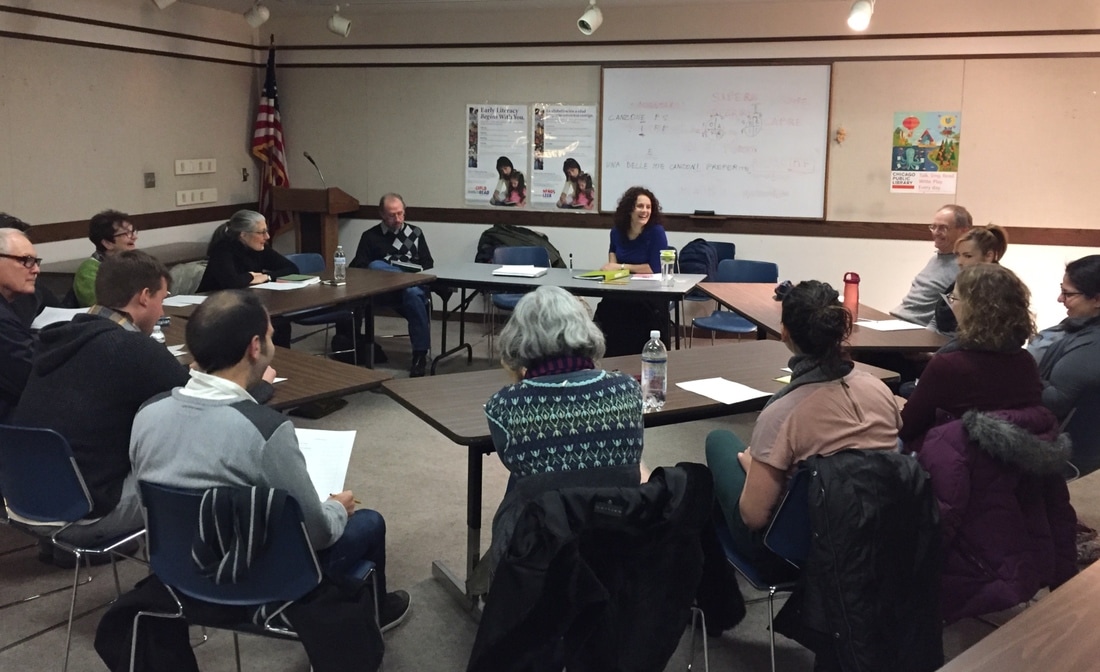
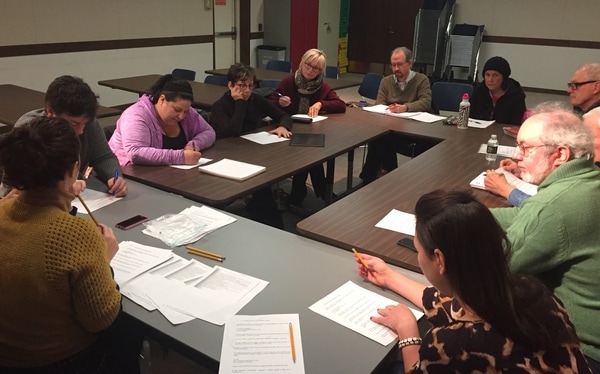
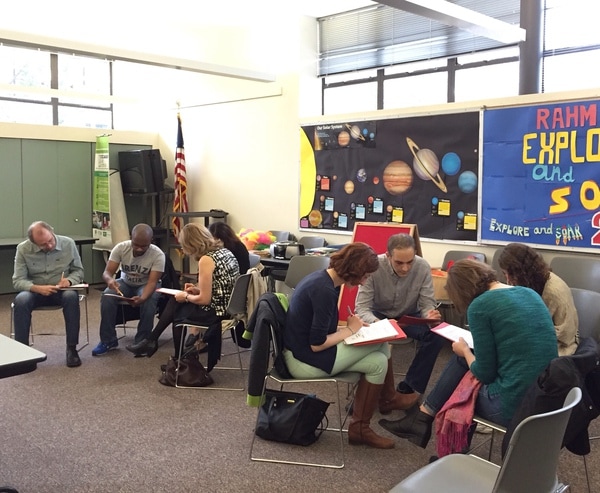
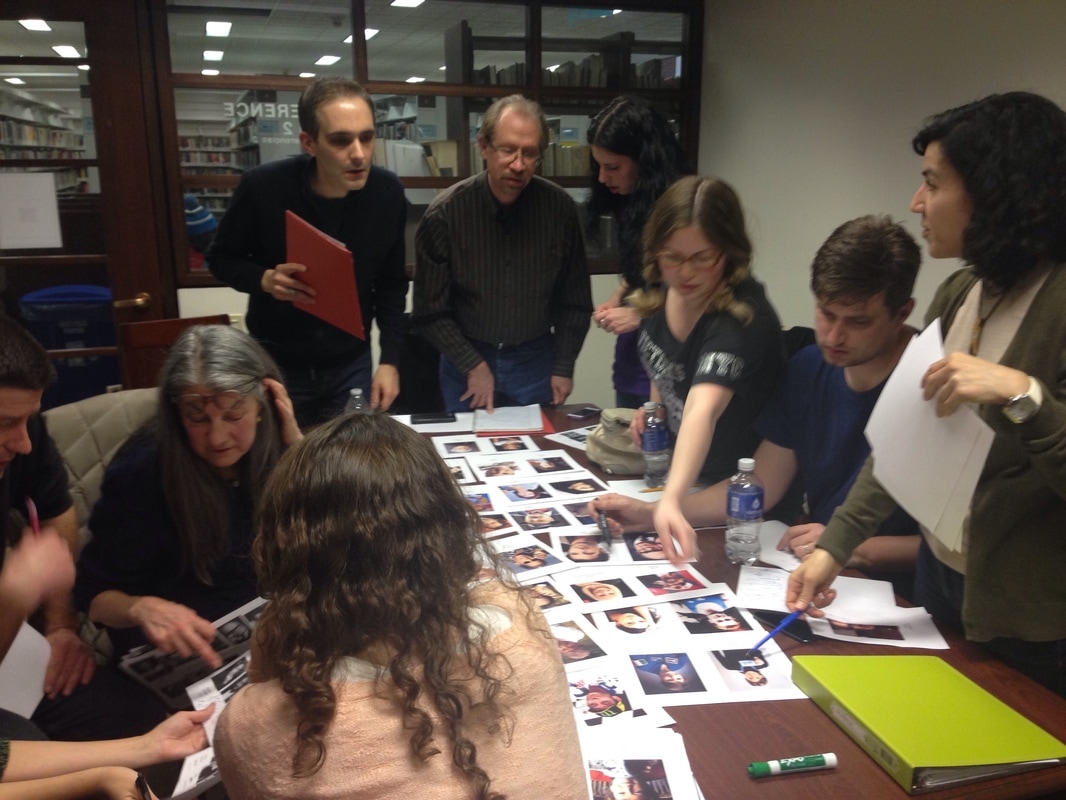
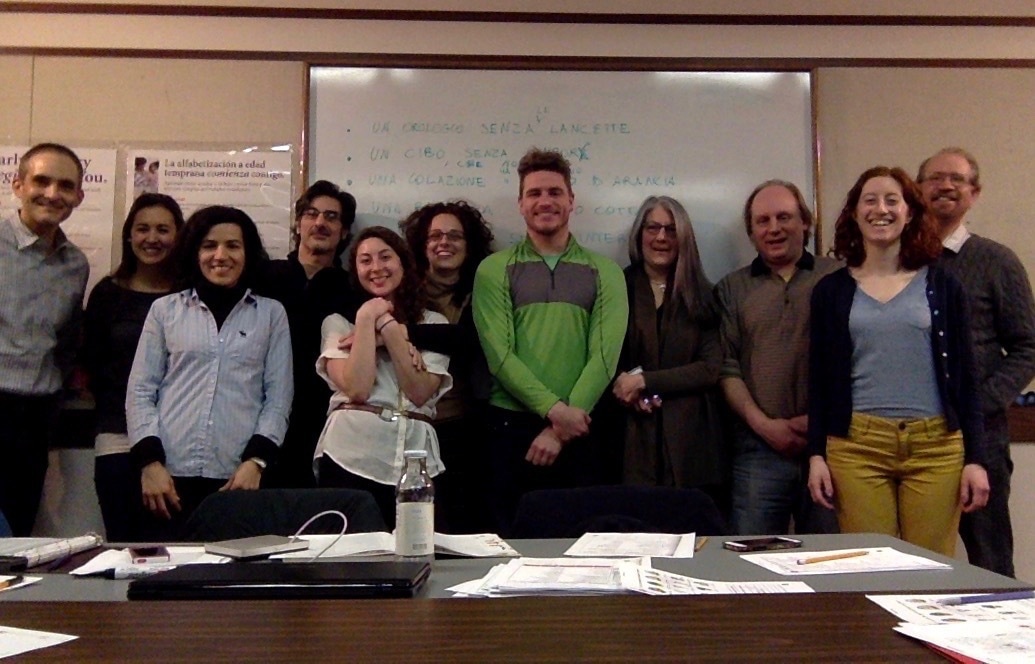
 RSS Feed
RSS Feed